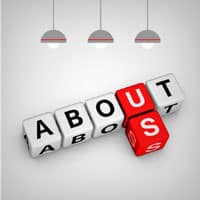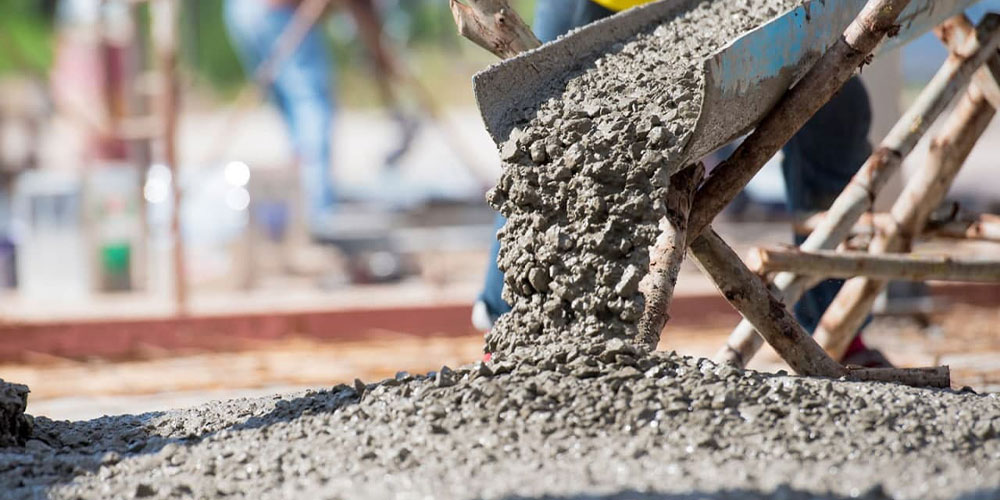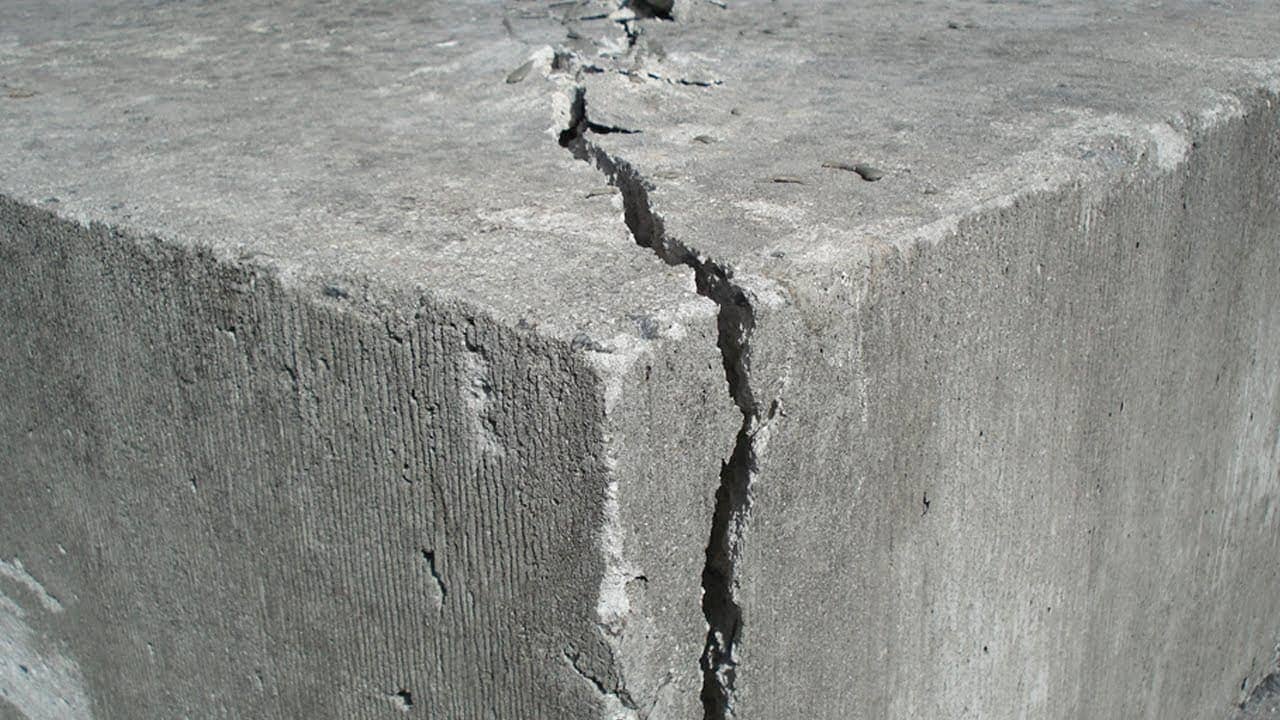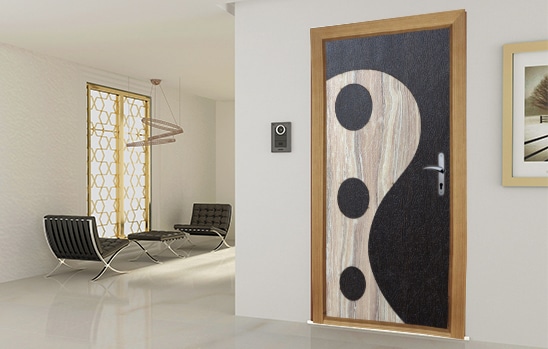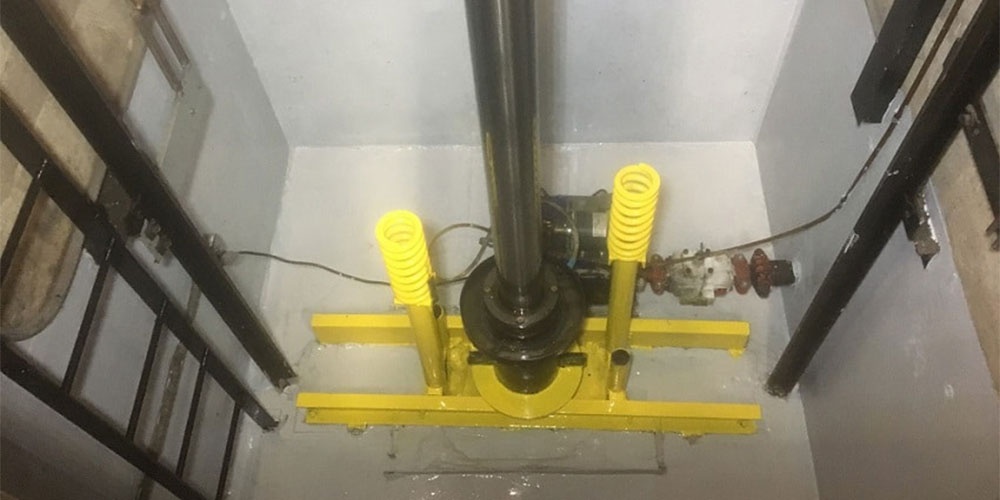Introduction to Self-Consolidating Concrete (SCC):
Self-consolidating concrete (SCC) is an innovative type of concrete that flows under its own weight, filling the gaps between obstacles and dense reinforcement bars without the need for mechanical vibration. This unique property allows SCC to fill voids and spaces effectively, ensuring homogeneous consistency throughout the mix. The use of SCC is rapidly increasing worldwide due to its excellent flowability and deformability, high resistance to segregation, and ability to remain homogeneous during transport. These characteristics lead to faster pouring processes, enhanced construction speed, and reduced costs.This type of concrete is highly fluid and flexible, exhibiting excellent cohesiveness. It can be easily spread at the desired location, fill the formwork, and encapsulate the reinforcement without the need for mechanical consolidation, thereby enhancing the performance of the concrete.
Advantages of Self-Compacting Concrete:
- Reduction of Human Resources and Execution Costs: Decreasing the required human resources and operational costs for concrete pouring, while minimizing the need for equipment such as vibration systems and concrete pumps.
- Improvement of Concrete Quality
- Acceleration of Concrete Pouring and Construction Speed
- Facilitation of Concrete Pouring in Challenging Conditions
- Expansion of Competitive Architectural Applications
- Reduction of Delivery Time
- Minimization of Patchwork and Improvement in Finishing Work
- Increase in Structural Strength and Longevity
Limitations of Self-Compacting Concrete (SCC):
Like any technology, there are limitations to the application of Self-Consolidating Concrete (SCC), and these limitations can be classified into two categories:
-
Organizational Constraints: Organizational constraints refer to limitations that arise based on the capabilities of the concrete producer, contractor, or evaluator in effectively applying Self-Consolidating Concrete (SCC) technology within the concrete construction process.
- Project Constraints: Refers to limitations of an economic or technical nature.
Self-Compacting Concrete Applications and Benefits:
- Pouring Concrete in Difficult Conditions
- Pouring Concrete at Elevated Locations
- Pouring Concrete in Sections with High Reinforcement Density
- Pouring Concrete Without a Vibrator
- Sections with Narrow Formwork Width
- Floor Slab Construction
- Facilitating Concrete Finishing Conditions
- Concrete Structures with Unique Architectural Design Requiring High Precision and Reinforcement Density
- Bridges with Large Spans Where Conventional Concrete Cannot Be Used Due to Long Transfer Lines Using ordinary concrete results in thicker base dimensions and detracts from the aesthetic appeal of the structure.
- Columns, Tall Walls, or Dense Rebars
- Pumped Concrete Columns
- Casting Precast Concrete Elements

